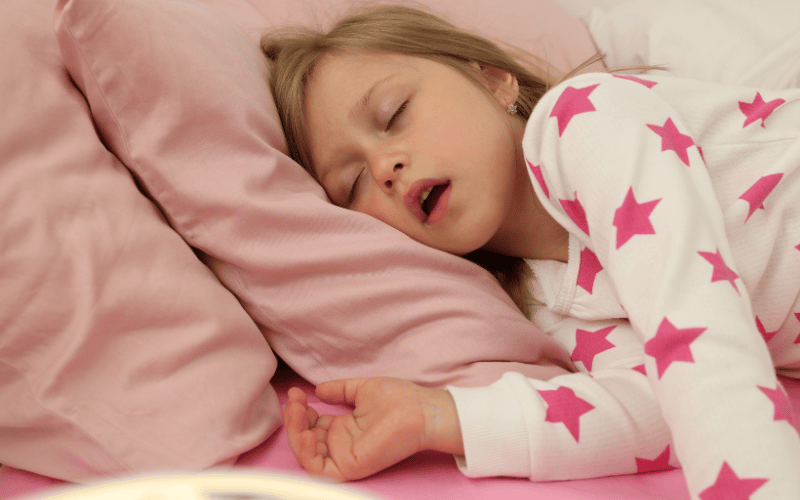Fact 3: Snoring and Sleep Apnea – The Connection

Sleep apnea is a sleep disorder characterized by recurrent interruptions in breathing during sleep. These pauses can last several seconds and can happen hundreds of times in one night. For children, the implications can be severe, ranging from disrupted sleep to behavioral challenges.
At a surface glance, snoring might seem benign, perhaps even a little amusing. But it can be a hallmark of obstructive sleep apnea (OSA) in children. While not every child who snores has OSA, it’s a common symptom. The snoring is the outcome of a struggle to push air through obstructed airways.
Apart from snoring, other symptoms could indicate sleep apnea in children. These might include excessive daytime sleepiness, difficulty in concentrating, bedwetting, and even growth issues. Parents observing a combination of these symptoms, along with snoring, should seek a professional opinion.
Should sleep apnea be suspected, doctors often recommend a sleep study or polysomnogram. This test helps in recording and assessing the child’s brain waves, heart rate, and breathing as they sleep. It’s instrumental in diagnosing the condition.
Once diagnosed, various treatments can address pediatric sleep apnea. These could range from surgical solutions like removing tonsils or adenoids to using Continuous Positive Airway Pressure (CPAP) devices. Early diagnosis and treatment are key to averting long-term health complications. (3)